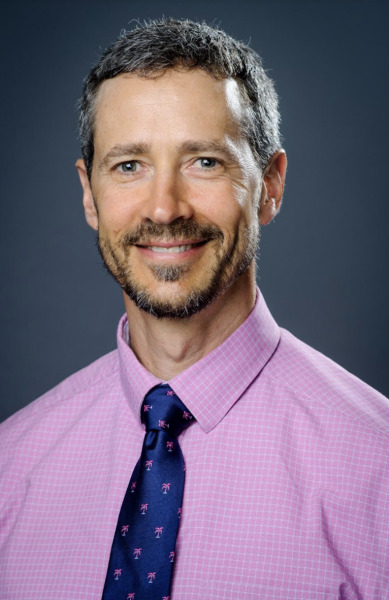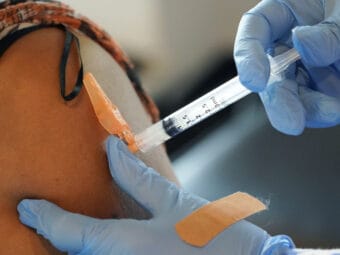
Alaska scientists are on the hunt for a new, more contagious strain of the coronavirus. The new variant was first found in Britain, and so far, eight states and dozens of countries have reported cases.
While it does not appear to make people sicker, the new strain could spread 50% faster. That faster transmission rate can lead to more cases and more deaths, said Dr. Joe McLaughlin, the state epidemiologist, a briefing for reporters last week.
“It really comes down to numbers: The more people that are infected, you are going to see increased counts of actual infection, as well as increased counts of hospitalization and death,” he said. “And that’s why this is so important for us to take very seriously.”

Identifying the specific mutation in the new virus is more difficult than simply testing for the presence of the virus itself. And unlike Britain, the U.S. lacks a large-scale national program to do what’s known as genome sequencing, leaving some states doing minimal testing.
Alaska officials say they wish they could be analyzing more samples — right now they’re processing about 100 every five days — but the state is being strategic about which ones it targets for sequencing, said Jayme Parker, a top scientist at the state public health laboratory in Fairbanks.
“We’re looking to sequence specimens from as much of a diverse geographical region of the state as we can, so that we can get an idea of what’s happening all over the state as opposed to just Fairbanks or Anchorage,” she said.
The University of Alaska Anchorage is also doing some sequencing, and 17 samples are sent to the CDC each week as part of a national surveillance program, Parker said.
One thing that’s been helpful in the state’s search is a lucky coincidence in the way the lab tests for the virus’ presence.
The tests they use detect three different genes, Parker said. Two of them aren’t substantially different in the new strain of the coronavirus, but one is: the gene responsible for creating the virus’ signature spikes.
So, when a coronavirus test detects two targets, but not the spike gene, the state identifies the sample as one that should be prioritized for sequencing, to see if it’s the new strain.
“It actually is a bit of a silver lining, that we’re able to differentiate specimens that way,” Parker said.
The state is also searching for the new strain by asking providers to share samples from patients who test positive after recently traveling, officials said. They’re urging people to get tested after traveling as a way to help with that effort.
It’s unlikely the state will be able to keep the new COVID-19 strain from getting to Alaska and taking hold here, said Dr. Tom Hennessy, an infectious disease epidemiologist with the University of Alaska Anchorage’s College of Health.
That makes it more urgent to vaccinate health-care workers and vulnerable Alaskans, which would blunt the impact of a faster-spreading form of the virus when it arrives, Hennessy said.

“We’re in a race with it right now,” Hennessy said.
Ultimately, many people are likely to be infected with the new strain. But vaccinations can help ensure that at least health care workers are protected, and that older Alaskans are less likely to get seriously ill, Hennessy added. And that means hospitals would be less likely to get overwhelmed, he said.
“That’s what the vaccine can help us with, at this point,” he said. “It’s probably not going to prevent this from spreading widely in society.”
So far, drug companies haven’t reported the COVID-19 vaccines are any less effective against the new strain, but Hennessy said experts continue to watch for new, emerging mutations that might hinder vaccination and treatment.
One positive thing could come out of the state’s efforts to detect the new strain, officials said: They’re getting more practice at genetic sequencing, which could help them in their work fighting other viruses in Alaska like hepatitis and the flu.



